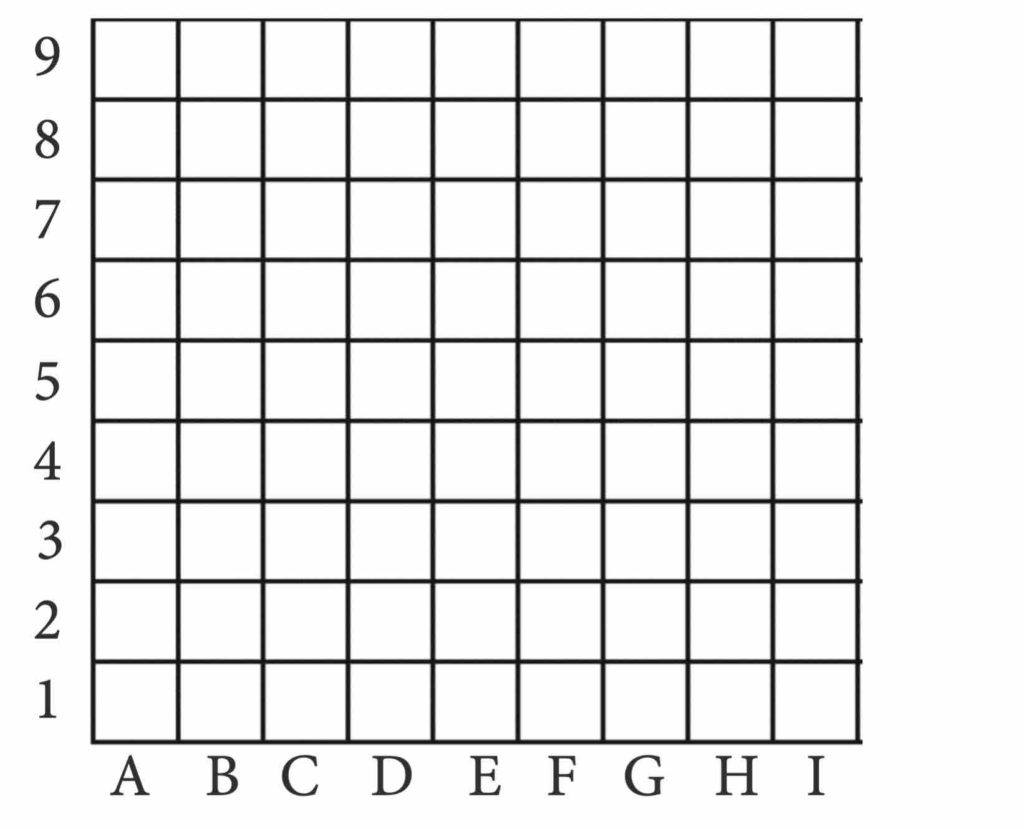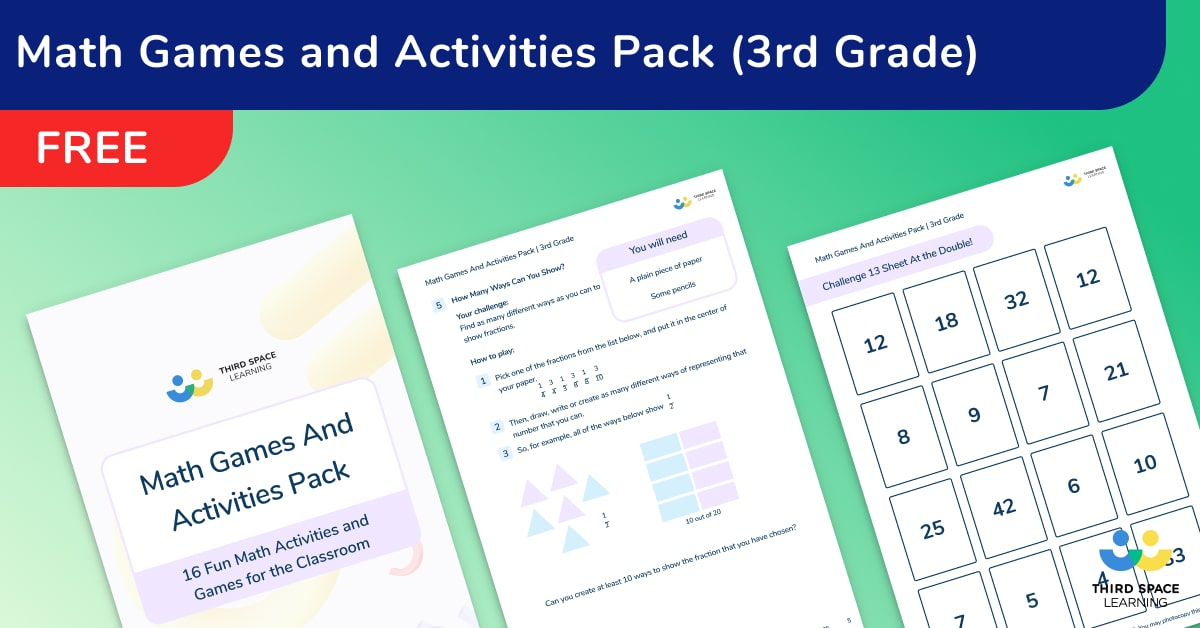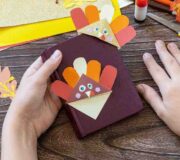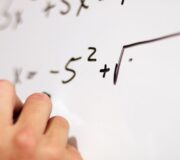Math Games For Your Grade 3 Students: Fun, Free Math Activities (No Screens Required!)
Math games for grade 3 are a great way to bring variation into math lessons and keep students engaged. Math can be intimidating, especially in 3rd grade when children are being introduced to many new math concepts. It’s important to introduce fun games and engaging activities into your third grade math lessons and set a good foundation for students’ perception of math.
When to use third grade math games
Third grade math is a big leap from 2nd grade. Children move on from simple subtraction and addition facts and learn more complex topics such as multiplication, division, measurement, and decimals.
3rd grade math games are a good way to make the introduction of new topics less intimidating for young learners by allowing them to practice new math skills in a low stakes, fun way.
Math games are also a good way for teachers to assess how well students have grasped new concepts without setting a formal quiz. Teachers can observe how well 3rd graders are able to get on and play the games and from there, see where gaps in understanding may lie.
See also:
16 Fun Math Games and Activities Pack for 3rd Grade
Printable math games & activities to do with your 3rd graders
Download Free Now!How to use these math games for grade 3
We hope that these math games for grade 3 provide some good ideas and useful material that can be used in your classroom. All of the games below are simple to play, require very little resources and are able to be adapted for different topics and levels of difficulty. We hope these games make learning math fun!
Multiplication battle
Third graders need to work hard to master multiplication. This is a quick, simple multiplication game which gets children practicing their multiplication skills and skip counting but also having fun through the competitive element of getting to the answer first. The game can be adapted to take out the speed element for any children who find the speed aspect a challenge.
What you will need to play:
- 2 players
- A set of playing cards, including Jacks, Queens and Aces (Ace = 1, Jack = 11 and Queen = 12)
How to play:
- Share between the 2 players, so they make 2 piles, face down on the table.
- At the same time, both players turn over a card from their pile and place it in the middle of the table.
- The aim of the game is to multiply both numbers together and be the first to call out the answer.
- The student to call out the correct answer gets to keep the cards.
- The winner at the end of the game is the person who has collected the most cards.
- This game can be made a bit easier by providing students with multiplication tables. This activity can also be turned into a division game by using division instead of multiplication.
Addition / subtraction tug of war
By third grade, children are expected to be able to do 4-digit subtraction and addition with up to 4 digits using the standard algorithm. This subtraction/addition game is great practice, whilst also getting children to think about place value, without having to resort to using worksheets.
What you will need to play:
- 2 players
- Set of 0-9 cards
How to play:
- Start the game with 2500 points.
- The first player takes three 0-9 cards and makes a 3-digit number.
- They use column addition to add this number to the 2500 to make a new total.
- The second player then selects 3 cards, makes a 3 digit number, and uses column subtraction to subtract this from the total.
- Keep going until either player 1 gets to 5000 or player 2 gets to below 1.
- Once the game is finished, players can swap roles, so both have the opportunity to work on addition and subtraction.
- This addition and subtraction game can be made more challenging by using bigger numbers to practice multi digit addition and subtraction.
Shapes snap
Children are introduced to a wider variety of shapes in grade 3. This math game is a great way for children to practice identifying different shapes.
What you will need to play:
- 2 players
- A shape and shape name cards
How to play:
- Shuffle the shape and shape name cards together and split the pack between the 2 players.
- Each player places their pile of cards face down on the table in front of them.
- Take it in turns to turn over a card and place it face up on the table in the middle of the 2 players.
- If a matching shape and shape name card are turned over together, the first player to put their hand on the pile and shout ‘snap’ wins the cards.
- This continues until one player has lost all their cards. The other player is the winner.
Multiplication 4 in a line
This math game for grade 3 is a twist on the traditional game of connect four and is great for learning multiplication math facts. It’s very easy to set up with only minimal resources required.
What you will need to play:
- 2 or more players
- Blank multiplication grid
- Pens
How to play:
- The first player multiplies 2 numbers on the multiplication grid together and writes their answer in the blank square.
- The next player does the same, writing their answer in a different color.
- Keep taking turns multiplying 2 numbers and write the answers in the grid.
- If you make a vertical, horizontal, or diagonal line of 4 answers in a row, draw a line through it.
- The winner is the player who is the first to make 5 lines or the one with the most lines drawn on the grid when the grid is completed.
Multiplication bingo
Bingo has always been a popular game for people of all ages. This multiplication game version is a great math game to play with the whole class to strengthen math skills.
What you need to play:
- 3 or more players (can be played as a whole class)
- A piece of paper and pen for each player.
How to play:
- Choose one person to be the leader of the game. In a whole class situation, this would be the teacher.
- Select a times table to focus on and each player writes down five numbers from that times table (e.g. if the focus is the 4 x table, they may write 8, 20, 28, 36 and 44.
- The leader of the game then calls out various questions from the selected times table. (e.g. 6 x4, 2 x 4, 11 x 4 etc….)
- If a question is called and a player has the answer to it on their paper, they cross out that number.
- The winner is the first person to cross out all their numbers and shout ‘bingo’
Equivalent fractions dice game
In third grade, there are a number of fraction objectives which need covering. Equivalent fractions is one which some children can find particularly challenging. This is a fraction game for encouraging children to work with equivalent fractions, whilst having fun.
What you will need to play:
- 2 Players.
- 2 dice
- An equivalent fraction wall showing 1, ½, ⅓, ¼, ⅕, and ⅙
How to play:
- Each player throws their dice twice.
- Use the 2 numbers thrown to create a fraction by using the smallest number as the numerator and the larger number as the denominator (e.g. if a 2 and 5 are thrown, they would make the fraction ⅖.
- The player with the largest fraction gets the point.
- The winner is the first player to score 10 points.
Shape battleships
This math game is a twist on the popular game ‘battleships’ and gets children practicing both coordinates/grid references and names of 2D shapes.
What you will need to play:
- 2 players
- A blank grid reference grid (A – I on the x axis and 1 – 9 on the y axis) or a blank coordinates grid for each player
- A pen for each player.

How to play:
- Each player has a blank grid with either coordinates or grid references.
- They plot a shape on the grid and make a note of the grid reference points / coordinates
- Player 1 goes first and calls out their first coordinate / grid reference.
- On a blank grid, player 2 marks the coordinate / grid reference.
- Keep going until player 2 has plotted all the points. Once completed, they check their matches with the other player’s and name the shape.
- Players then swap over.
Place value battle
This is a great board game for deepening students’ knowledge and understanding of place value and rounding numbers.
What you will need to play:
- 2 or more players
- A set of 0-9 digit cards
- Place value baseboard (thousands, hundreds, tens, ones, tenths, hundredths, thousandths)
How to play:
- This can be played in pairs or small groups.
- Shuffle the 0-9 digit cards and place them face-down on the table.
- The first person chooses a card and each player decides which column of their baseboard to write the number. This is repeated by the next player.
- Continue until 7 numbers have been selected and each player has written them into different columns on the baseboard.
- The aim of the game is to be the player with the largest number once all 7 numbers have been chosen.
- The winner of the round gets a point and the children play again.
- The overall winner is the first person to score 10 points.
- This game can be made simpler by using less units of place value, for example, three-digits, or be made more challenging by using more places.
Countdown!
This is a great game that combines all four operations and requires students to use problem solving skills to create the correct number. Countdown is a great way for students to practice their addition, subtraction, division, and multiplication facts.
What you need to play:
- 4 ‘large number’ flash cards with the numbers 25, 50, 75 and 100 on them
- A set of cards with the digits 1-10 on them, with at least two cards for each number
How to play:
- Step 1: Set out 4 large number cards (25, 50, 75 and 100) face down and mixed up.
- Step 2: Do the same with the 1 – 10 cards, making sure you have at least 2 cards for each number.
- Step 3: Players take turns to select one of the big number cards or one of the small number cards, until there are 6 cards laid out all together.
- Step 4: a player then generates a 3-digit number. This can be by throwing dice, or selecting cards from a pile of 0 to 10 cards.
- Step 5: Once the number has been generated, turn over the six cards and players have to try and get to that total using any of the six number cards and any of the four operations.
Each card can only be used once and the winner is the first person to reach the total, or the player who is closest after a set length of time.
The game can be adapted for younger children by choosing the numbers on the cards carefully and having them aim to reach a 2-digit number, rather than a 3-digit number.
Math Problem Scavenger Hunt
All children enjoy a scavenger hunt, so why not make one based around math?
What you need to play
- Some creativity
- A classroom full of measurable objects!
How to play:
- Step 1: Give children a grid with some pre-set weights and lengths on. It will then be a challenge for them to find something in the classroom that is approximately 10cm long, or something in the classroom that weighs 2lb (as an example).
- Step 2: Get your child to gather all of the items they think match the weights and lengths on the card, and check how well they have done with some kitchen scales and a tape measure!
Do you have students who need extra support in math?
Give your students more opportunities to consolidate learning and practice skills through personalized math tutoring with their own dedicated online math tutor.
Each student receives differentiated instruction designed to close their individual learning gaps, and scaffolded learning ensures every student learns at the right pace. Lessons are aligned with your state’s standards and assessments, plus you’ll receive regular reports every step of the way.
Personalized one-on-one math tutoring programs are available for:
– 2nd grade tutoring
– 3rd grade tutoring
– 4th grade tutoring
– 5th grade tutoring
– 6th grade tutoring
– 7th grade tutoring
– 8th grade tutoring
Why not learn more about how it works?





